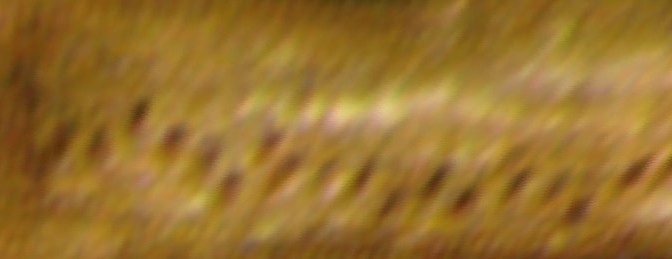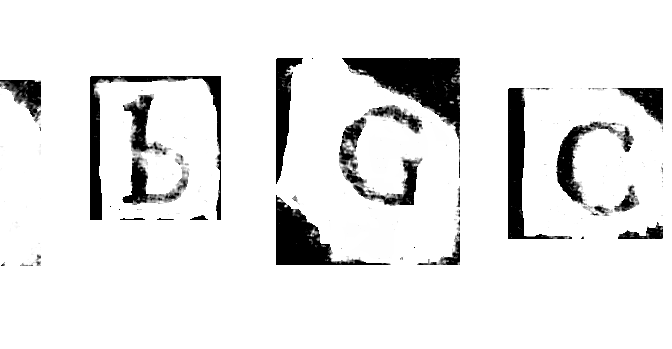In the Pitt Rivers Museum in Oxford, there is a little wooden box containing three brass or bronze tapered pins. The left and right hand ones are tuning-pins for early Irish harps, but the middle one is a mystery to me. It is labelled and described as a harp tuning pin but this is clearly rubbish – its tapered shaft is hexagonal and its wide end is in the form of a female bust with stubby crossed arms and bare breasts.
I really can’t think what this thing is!
I have looked at it on and off for about 10 years; I kept asking Hèléne La Rue if we could get it out and look at it but we never got round to it. But here’s my recent photo.





